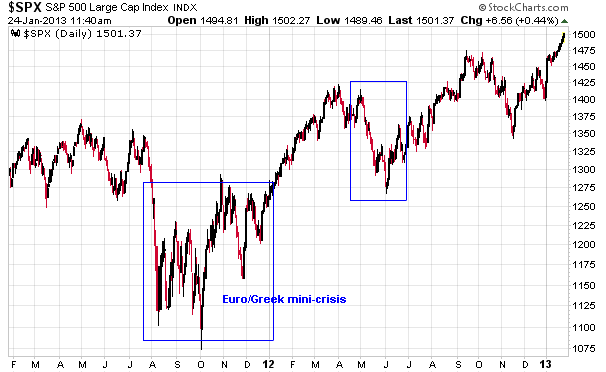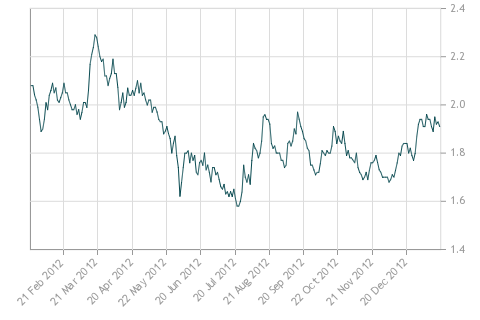Dell is buying itself out at $13.65/share. My quick summary is that for existing shareholders this is probably as good as it is going to get. Cash flows are going to decrease as the PC business continues to be eroded by tablets and mobile devices, and the company is going to be forced to face a very Hewlett-Packard type of situation where they’re going to have to get into serious competition against the likes of IBM – not inconsiderable amounts of risk involved.
Investors that really feel like a glutton for punishment in the PC space should consider an investment in Intel which would have correlation to the same marketplace. At a market cap of $105 billion there is zero chance of it going private but they are trading at a reasonable valuation and are not having their margins pressured nearly as badly as anybody in the PC space is.

